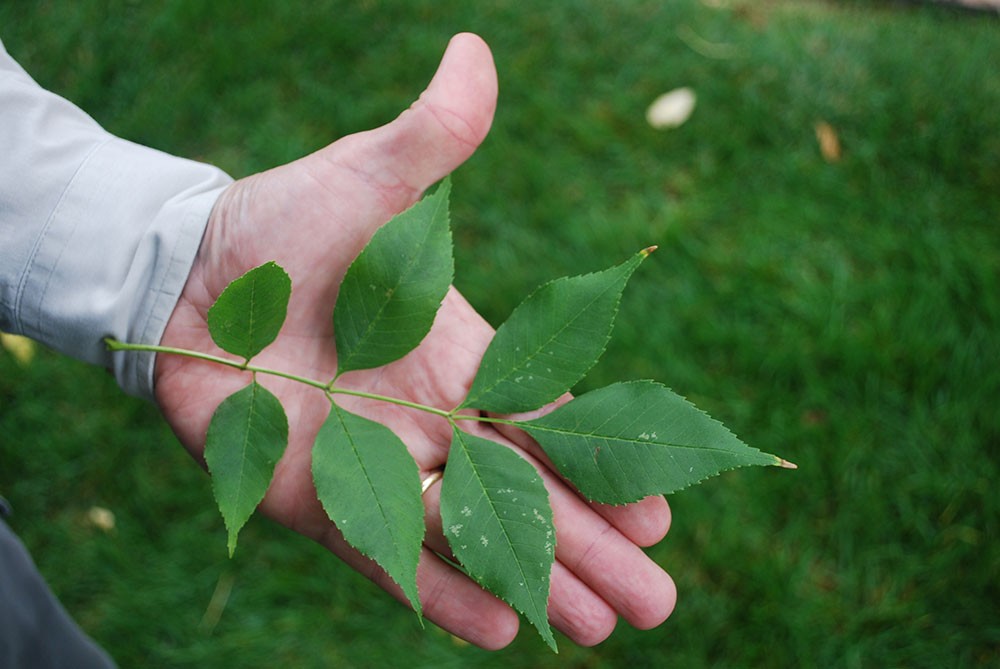In mid-June, the City of Denver confirmed the presence of the emerald ash borer (EAB)…

Hey Denver, wondering if you’ve got an ash tree? We can help!
DENVER — Did you know 1 in 6 Denver trees is an ash? And did you know that each and every one of those ash trees is vulnerable to a tiny pest called the emerald ash borer (EAB)?
It’s what makes EAB the most destructive forest pest in U.S. history, and it’s why the Denver City Foresters Office launched the Be A Smart Ash campaign. One big part of that program is educating Denver residents on how to identify ash trees.
First let us draw your attention to our interactive, MyTreeKeeper map. Using data, technology and thousands of man hours from our diligent City Forester employees, the Be A Smart Ash campaign successfully mapped each ash tree in Denver to make identification as easy as possible.
Beyond the map, there are several other simple ways to identify an ash tree, particularly with these three telltale signs:

Opposite Branching
By opposite branching, we mean the branches protruding from tree limbs have a mate protruding from the exact opposite side of that same limb. Only ash, maple, dogwood and horse chestnut trees have opposite branching.

Compound leaves
A simple leaf is defined as a single leaf that has a bud at the base of the leaf stem. Conversely, a compound leaf (the sort found on an ash tree) is defined as having more than one leaflet per leaf connecting to a stem that has a bud at its base. Ash tree leaves typically have 5-9 leaflets per leaf.

Diamond-pattern bark
While this identification method may not be as helpful when it comes to young ash trees (they typically have smoother bark), the bark on more advanced ash trees tends to have distinct diamond patterns.
Still feeling stumped? You can always enlist the help of a tree professional, and we’ve got resources to help you find one.
